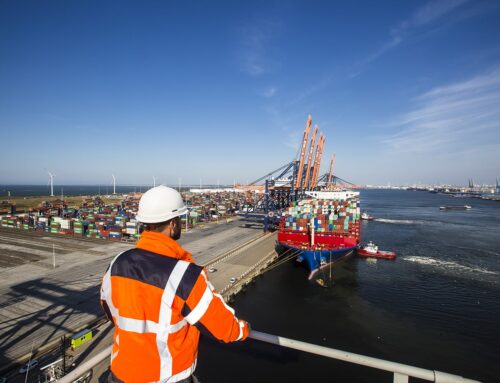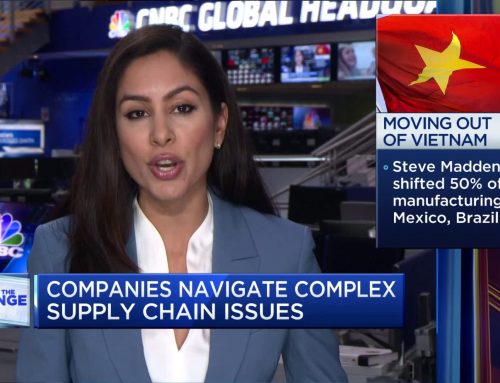DLT stands for Distributed Ledger Technology. Digital information is stored in a database and shared
among a network of multiple users/ nodes. These can be countries, websites and institutions. In this
concept there doesn’t exist a central administrator or database, but the data is constantly updated
and shared. So there are no middleman involved. This technology provides speed and security,
because of the fact that the data or transaction are timestamped and cryptically secured with keys
and signatures. The ledger is difficult to manipulate with because all the users have the same copy of
the database. Blockchain is a type of DLT but with specific features. (Kloos, 2019) (What is the
difference between DLT and blockchain?, 2018)
To name a few advantages of blockchain, it is highly resistant to failures and attacks due to the
consensus mechanism, less vulnerable to these attacks than centralized networks/ databases and the
middlemen can be left out due to the trust mechanism. A few disadvantages are is that this
technology takes up a lot of computer power and space and because of this the network could
possibly lose nodes in the future. (Academy, 2019)
Examples of best practices of the Distributed Ledger Technology are Bitcoin, Zcash and Ethereum.
Zcash is an interoperable cryptocurrency that can be used among different blockchains. This
cryptocurrency is also used in a public blockchain but because of the zero-knowledge proof-of-work
mechanism the identity of the sender, receiver or the amount remains unknown. (How It Works,
2019) With Ethereum, just like Bitcoin, there isn’t a central authority and it is used all over the world
to do transactions, to store value, etc. (Welcome!, 2019)
Applicable implementations of blockchain for Tradecloud and its customers are a private ledger, the
provision of real time and accurate view of the supply chain and the use of smart contracts. The
private ledger can be used for only Tradecloud and its customers, without public access and the
smart contracts can be used to automate certain processes and make them more efficient. (Using
blockchain for Supply Chain Transparency and Traceability, 2017) (Soulages, 2019)




